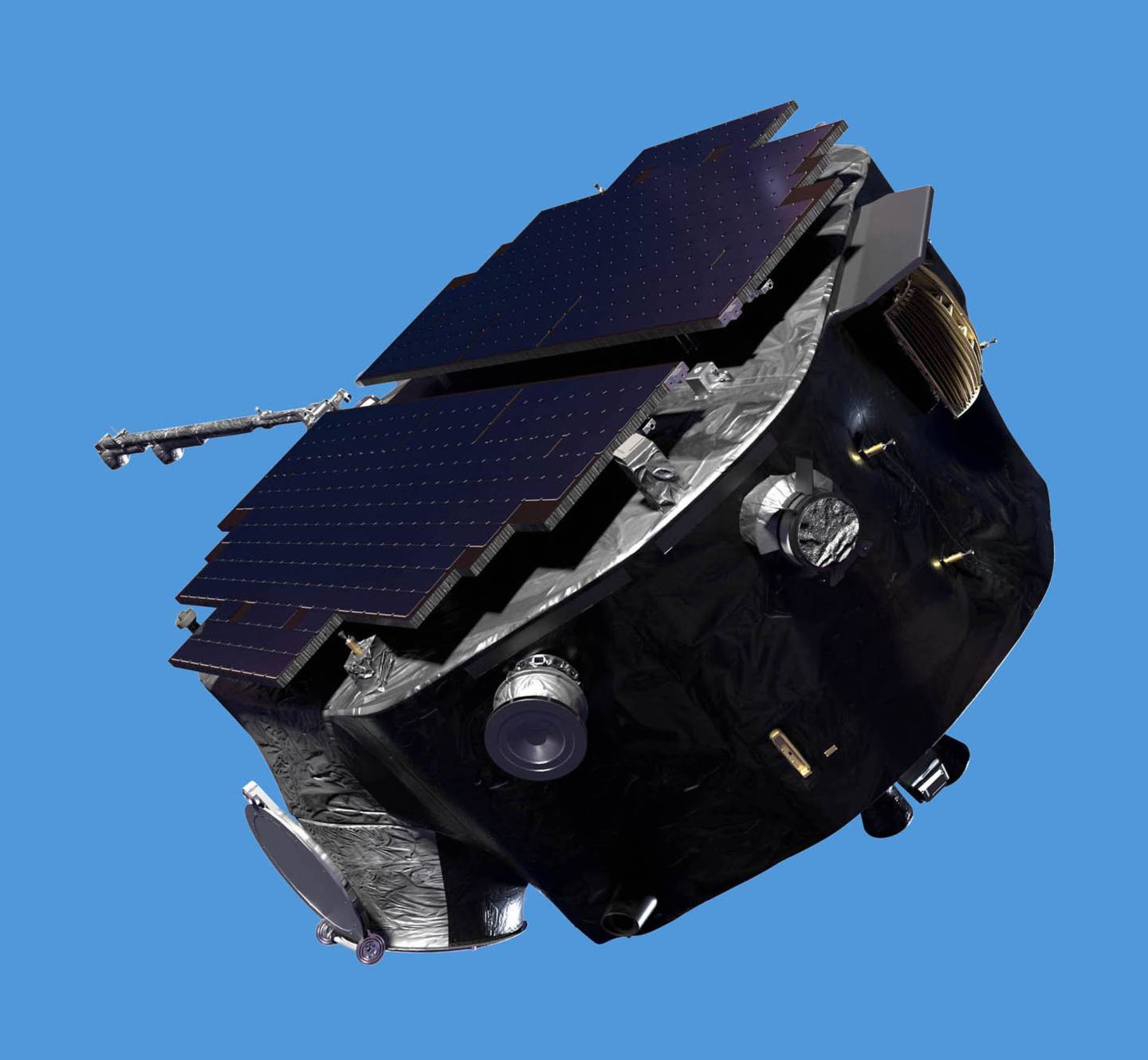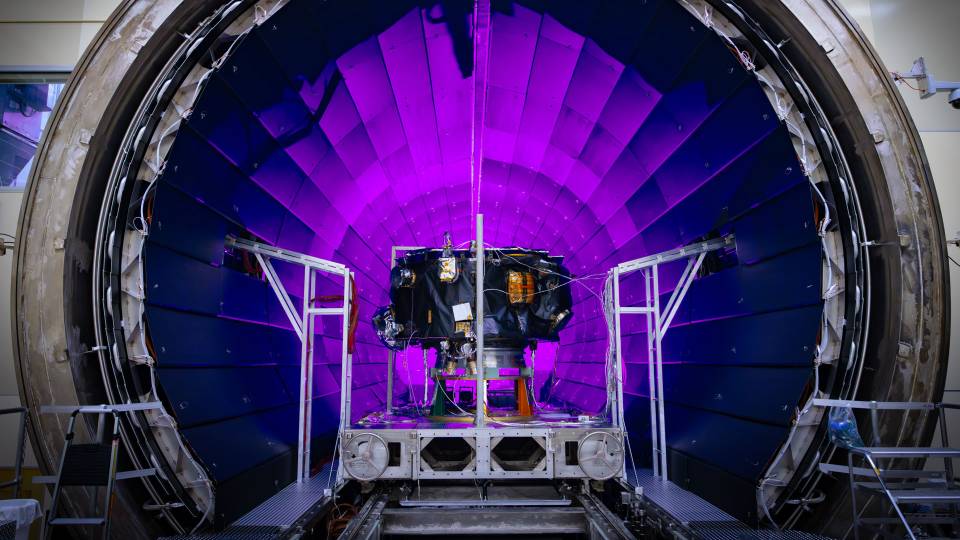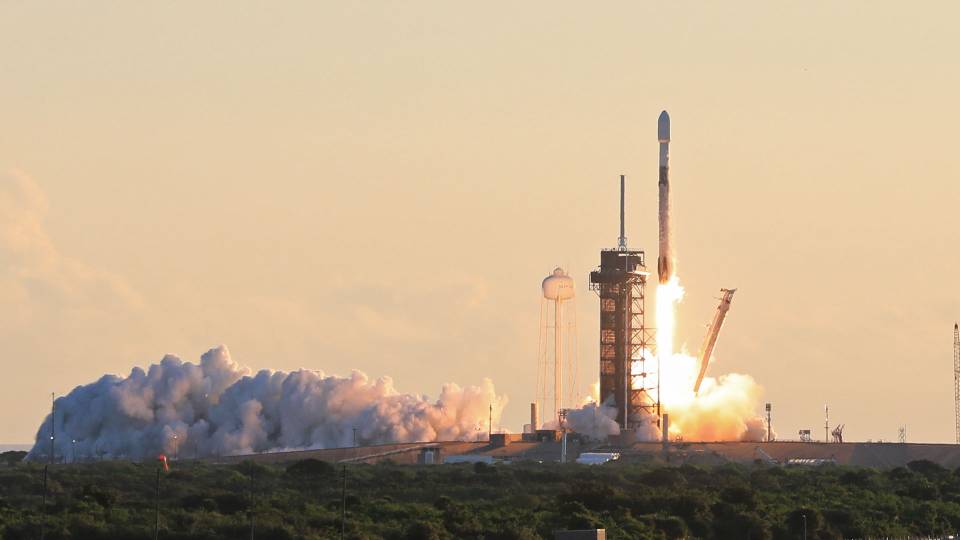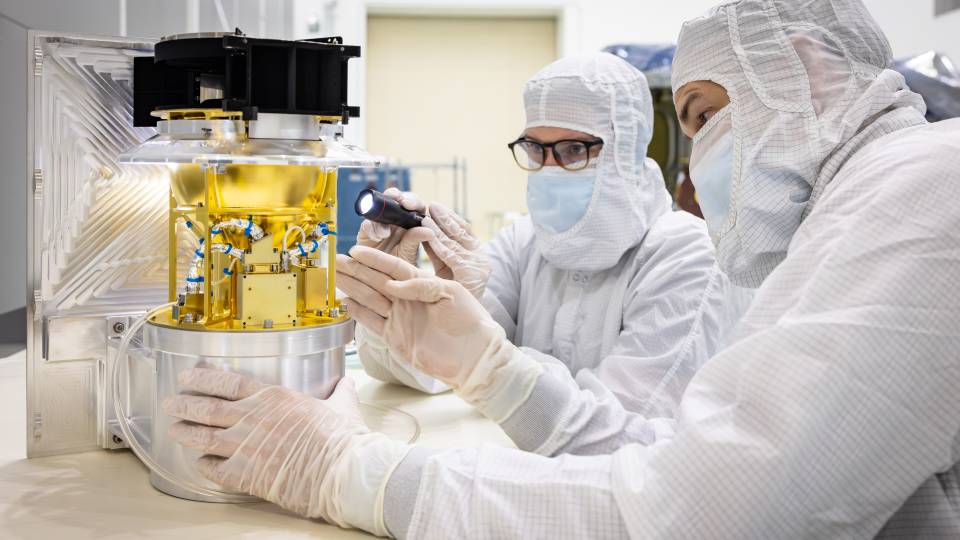NASA’s Interstellar Mapping and Acceleration Probe (IMAP) mission, led by Princeton’s David McComas, recently crossed a vital threshold. On Jan. 27, NASA officials reviewed all aspects of the mission design and approved the mission to continue toward launch, currently scheduled for 2025.

NASA’s Interstellar Mapping and Acceleration Probe (IMAP)
This was the culmination of a string of individual “critical design reviews” conducted for all the instruments and subsystems. While there are still challenges ahead to face as a team, the review board chair noted that IMAP was “good to go.”
McComas, a professor of astrophysical sciences and the principal investigator for the IMAP mission, expressed his gratitude to the board for good questions and admitted a low-sleep week as the team pondered improving solutions and responses to those issues.
“New challenges will surely emerge between now and launch, but I have every confidence in the awesome, committed and resilient team that we have assembled to carry out this challenging mission,” he told the team.
“We're finally starting to see the integration of all these efforts, which is absolutely remarkable for me to see,” said deputy principal investigator Nathan Schwadron, the Norman S. and Anna Marie Waite Professor of Physics at the University of New Hampshire and a visiting research collaborator at Princeton. “We started with an idea. We proposed the concept. And then there's this shift of momentum into actually making the hardware, building the spacecraft, getting them to work together. It really is our commitment to discovery as a team that helps make the transition from concept to reality.”
Although this review is often a gate to spacecraft and instrument construction, IMAP has already begun building important components and flight models, as well as the overall spacecraft structure. One module, the Solar Wind and Pickup Ion instrument, known as SWAPI, is under construction in the space physics building on Broadmede in Princeton.
With 10 instruments designed and built globally, the complicated dance of testing, cross-calibrating and integrating these pieces is carefully choreographed so that the completed observatory can be ready to launch on schedule.
IMAP’s mission
IMAP will explore our solar neighborhood — the heliosphere — and decode the messages hidden in particles from the sun and beyond. Three of the instrument suites will work together to build detailed maps of the boundaries of the solar system using particles — energetic neutral atoms — that have traveled from the edge of the solar neighborhood to IMAP’s permanent location at L1, a point between the sun and Earth where gravitational forces balance. IMAP’s other instruments, including SWAPI, collect information from the sun’s solar wind. Some of the instruments will provide real-time updates about space weather conditions.

David McComas
McComas leads the mission with an international team of 24 partner institutions. The Johns Hopkins Applied Physics Laboratory in Laurel, Maryland, builds the spacecraft and operates the mission. IMAP is the fifth mission in NASA’s Solar Terrestrial Probes (STP) Program portfolio. The Explorers and Heliophysics Project Division at NASA’s Goddard Space Flight Center in Greenbelt, Maryland, manages the STP Program for the agency’s Heliophysics Division of NASA’s Science Mission Directorate.
To learn more about IMAP, visit imap.princeton.edu.






